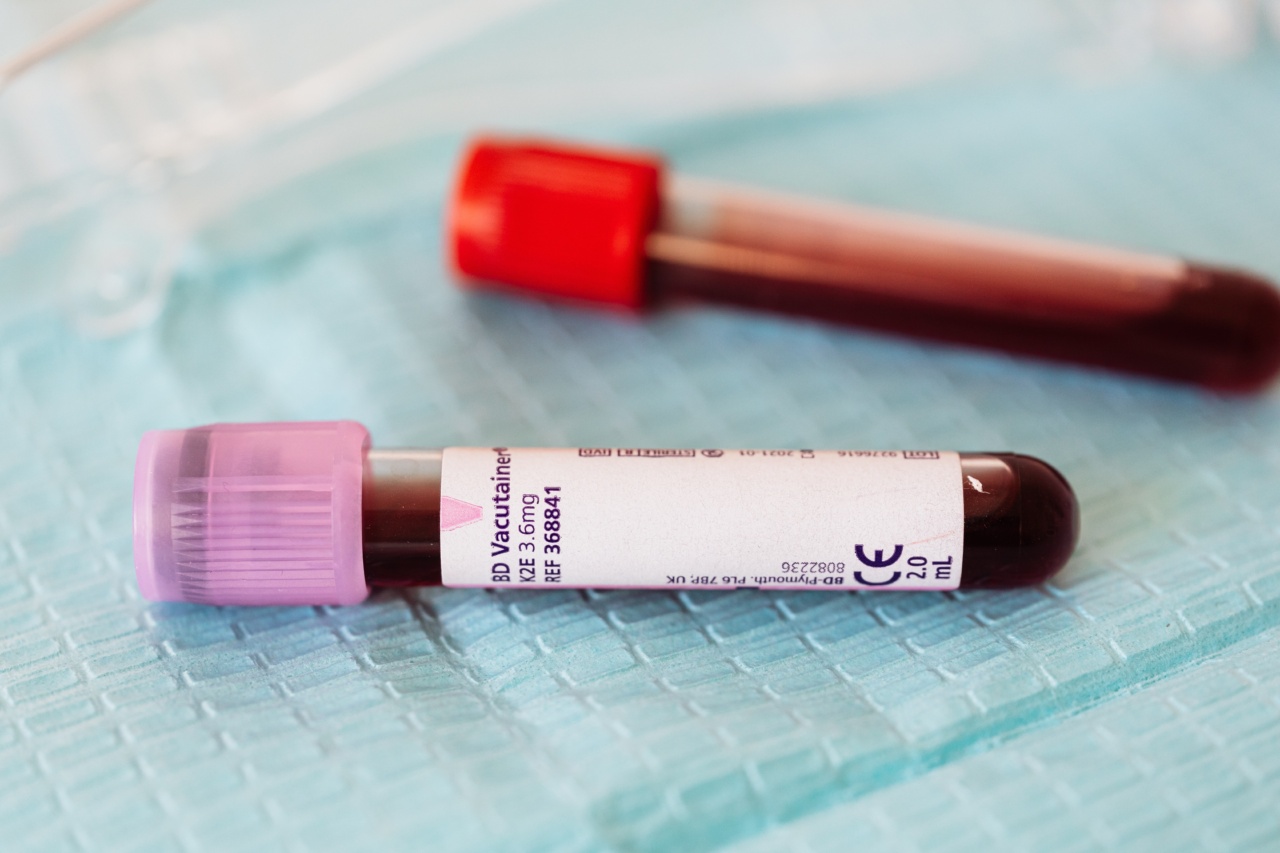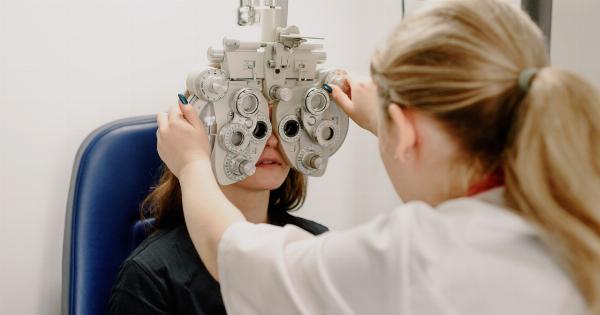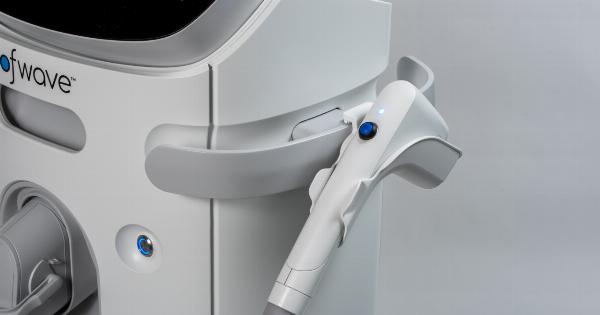Preeclampsia during pregnancy causes high blood pressure and damage to organs such as the liver and kidneys. It can also be harmful to the developing fetus.
Early diagnosis of this condition is crucial to tackling it but modern methods are unable to provide an accurate and timely diagnosis without putting patients through invasive and uncomfortable procedures.
The good news is, researchers have been working to develop a revolutionary new non-invasive blood test for preeclampsia diagnosis.
The test is quick, simple, and highly effective, enabling doctors and specialists to detect and diagnose the condition early on so that appropriate treatment can be given.
What is Preeclampsia?
Preeclampsia is a serious medical condition that only occurs during pregnancy. It is characterized by high blood pressure and damage to certain organs in a woman’s body, usually the liver and kidneys.
Preeclampsia can restrict the growth of the fetus and can cause serious complications for both the mother and unborn child. Without proper treatment, preeclampsia can be life-threatening.
Preeclampsia usually develops in the second half of pregnancy, particularly after 20 weeks. It can also occur after delivery or after an abortion.
There is no known exact cause of preeclampsia, but many factors like genetics, poor nutrition, high blood pressure, autoimmune disorders, and certain medical conditions might trigger it.
Challenges with Current Diagnostic Methods
Currently, there are several methods used to diagnose preeclampsia, including blood pressure readings, urine tests, and ultrasounds. However, these methods are not entirely reliable, and sometimes they may not detect the disease early on.
In practice, it is quite challenging to diagnose preeclampsia due to its similarity with other conditions such as gestational hypertension or simply due to the physical limitations of current diagnostic methods.
The most common diagnostic method involves measuring blood pressure and a protein known as uric acid in a woman’s urine.
However, this test is not completely accurate because the protein levels may not be affected until later stages of the disease’s progression. Also, many women may experience an increased blood pressure during pregnancy due to other unrelated conditions.
So, drawing definitive conclusions regarding the diagnosis of preeclampsia from just blood pressure and urine test results is not always possible.
Another limitation of current diagnostic methods is the necessity for invasive procedures, which can trigger premature labor and may be risky for the mother and child.
Therefore, there is a pressing need for non-invasive diagnostic tools that can more accurately diagnose preeclampsia, with the least possible effect on the mother and child.
Revolutionary Blood Test for Preeclampsia Diagnosis
The new revolutionary blood test for preeclampsia diagnosis is a breakthrough in the field of obstetrics, providing a highly accurate and non-invasive way to diagnose the condition, with little risk of complications.
This blood test identifies a combination of proteins that can be found in the mother’s bloodstream to determine the likelihood of preeclampsia developing further down the pregnancy journey.
Using the test, doctors can detect preeclampsia before other traditional methods become critical. The non-invasive procedure is painless, quick, and delivers results in less than an hour, making it a highly effective screening tool for preeclampsia.
There is no risk of triggering premature labor, making it a much safer alternative than other invasive diagnostics.
This blood test measures the quantities of proteins such as sFLT1 in the mother’s blood. sFLT1 is produced by the placenta and is usually present in pregnant women’s blood.
However, preeclampsia concentrates sFLT1 in the mother’s bloodstream, leading to negative effects on the blood vessels and the renal and hepatic functions of the body. Other proteins measured include placental growth factor and vascular endothelial growth factor, which play roles in placentation and the formation of blood vessels.
Advantages of the Revolutionary Blood Test
The new blood test for preeclampsia diagnosis comes with several advantages far beyond that of traditional diagnostic methods. These include:.
- Non-invasive, painless procedure
- Quick results
- More accurate than traditional diagnostic methods
- Early detection of preeclampsia
- Reduced risk of complications for the mother and child
This revolutionary test could revolutionize the diagnosis of preeclampsia and dramatically improve outcomes for pregnant women with this condition.
Conclusion
Preeclampsia is a serious medical condition that can have long-term consequences for both mother and child if not detected and treated early.
The traditional methods of diagnosis such as blood pressure readings, urine tests, and ultrasounds have their limitations and can be challenging to diagnose the condition accurately. As a result, there is an urgent need for a non-invasive, reliable, and highly accurate test for preeclampsia diagnosis to help detect the condition as early as possible.
The revolutionary new blood test for preeclampsia diagnosis provides an accurate and timely diagnosis, reducing the risks and potential complications associated with invasive testing.
This test is non-invasive, quick, and highly effective, and could be a game-changer in the field of obstetrics. The benefits of this new diagnostic method include early detection of preeclampsia, accurate diagnosis, reduced risk of complications, and the ability to make timely decisions to manage the condition and prevent any long-term complications.


























